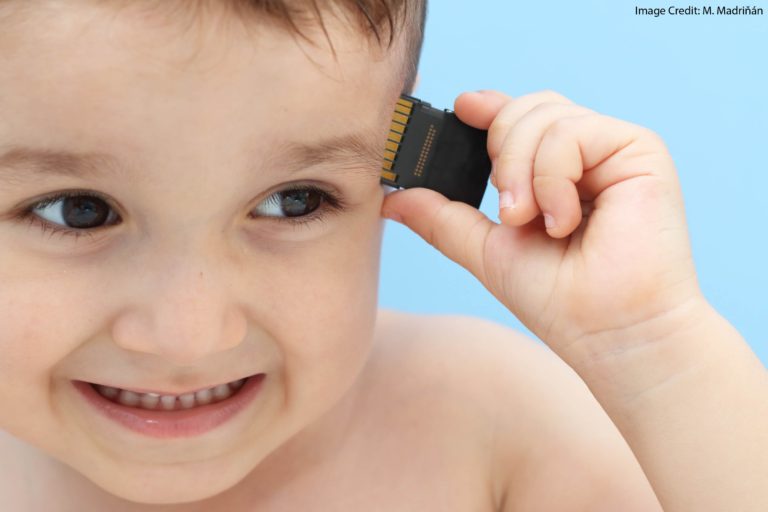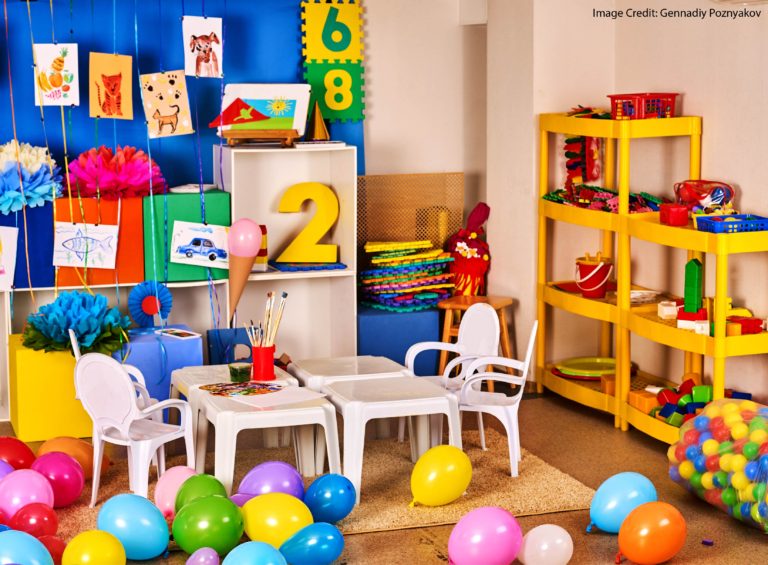-
ABOUT THE AUTHOR
Andrew Watson
Andrew began his classroom life as a high-school English teacher in 1988, and has been working in or near schools ever since. In 2008, Andrew began exploring the practical application of psychology and neuroscience in his classroom. In 2011, he earned his M. Ed. from the “Mind, Brain, Education” program at Harvard University. As President of “Translate the Brain,” Andrew now works with teachers, students, administrators, and parents to make learning easier and teaching more effective. He has presented at schools and workshops across the country; he also serves as an adviser to several organizations, including “The People’s Science.” Andrew is the author of "Learning Begins: The Science of Working Memory and Attention for the Classroom Teacher."
Tags
ADHD adolescence attention autism book review boundary conditions classroom advice conference speakers constructivism/direct instruction creativity desirable difficulty development dual coding elementary school embodied cognition emotion evolution exercise experts and novices gender high school homework intelligence long-term memory math methodology middle school mind-wandering mindfulness Mindset motivation neuromyths neuroscience online learning parents psychology reading retrieval practice self-control skepticism sleep STEM stress technology working memoryRecent Comments
- Goals, Failure, and Emotions: a Conceptual Framework |Education & Teacher Conferences on “Learning from Mistakes” vs. “Learning from Explanations”
- From Destruction to Rebuilding: Hope in Science’s Down Cycle on When Analogies Go Wrong: The Benefits of Stress?
- Dual Coding: Boosting Learning Through Words and Images – White Dragon of East County on Visual & Verbal: Welcome to “Dual Coding”
- "All People Learn the Same Way": Exploring a Debate |Education & Teacher Conferences on The Goldilocks Map by Andrew Watson
- URL on Difference Maker: Enacting Systems Theory in Biology Teaching, by Christian...
ABOUT THE BLOG

Growing Mindsets in Argentina?
A study with 12th graders in Argentina highlights an important message about Growth Mindset: doing one thing once is unlikely to have much of an effect. Continue reading

Obsessed with Working Memory, Part II
Working memory allows students to hold and combine information. (We call that “learning.”) What 3 essential facts about working memory should shape our approach to teaching? Continue reading

Beyond the Mouse: Pointing in Online Lectures
When teachers use gestures appropriately in online learning, students learn more. Continue reading

Obsessed With Working Memory: Part I
When I attended my first Learning and the Brain conference, I had never even heard of…

Does Smartphone Addiction Boost Anxiety and Depression?
Despite all the scary headlines, research on cell-phone usage relies on self-report. And: people are very bad at remembering how much they actually use their phones. We simply don’t yet know much from research about their effects. Continue reading

Debunking Education Myths (Without Accidentally Reinforcing Them…)
Enduring education myths get in the way of student learning. Happily, we have concrete strategies to rebut those myths — without unintentionally making them seem more persuasive. Continue reading

Powerful Evidence: Self-Control Training Works — and Changes Brains
Both survey data and fMRI neuroimaging suggest that a program to help poor children develop self-control skills had real benefits over many years. Continue reading

Putting The Canary on a Better Book Shelf
A student’s “prior misconceptions” often interfere with new learning. To help them understand new material, we first need to identify the misconceptions that make it hard to understand in the first place. Continue reading

Decorating the Classroom: How Much Is Too Much?
Teachers decorate classrooms for many reasons — especially to make students feel at home. Recent research, however, suggests that too much decoration distracts students’ attention an interferes with their memory. When it comes to classroom decoration, there can indeed be too much of a good thing. Continue reading

Design Thinking: How Does It Work In The Classroom?
A careful study of design thinking finds modest successes — especially for students who have struggled in school. Continue reading

